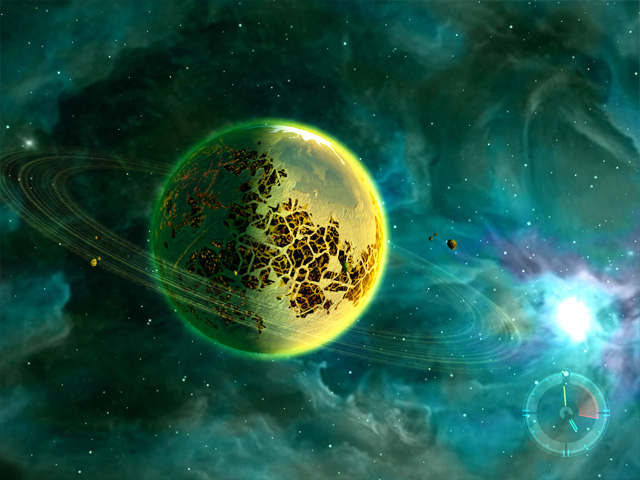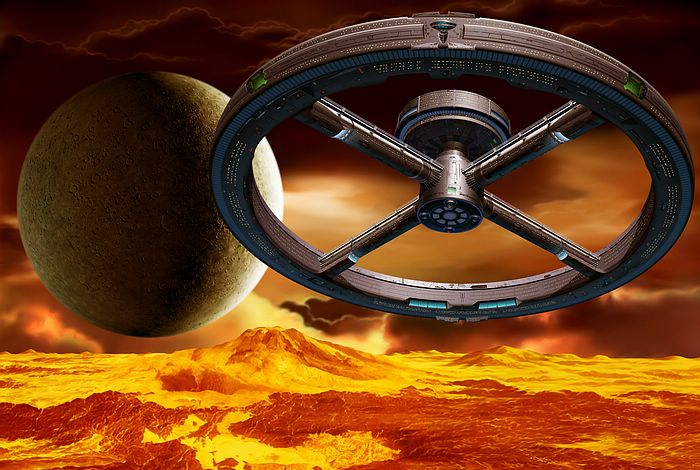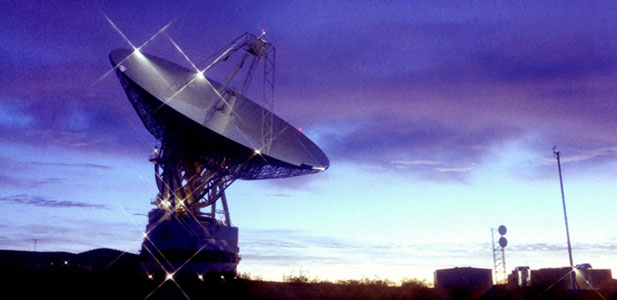 NASA has successfully tested the first deep space communications network modeled on the Internet. Working as part of a NASA-wide team, engineers from NASA’s Jet Propulsion Laboratory in Pasadena, Calif., used software called Disruption-Tolerant Networking, or DTN, to transmit dozens of space images to and from a NASA science spacecraft located about more than 32 million kilometers (20 million miles) from Earth. This is the first step in creating a totally new space communications capability, an interplanetary Internet, said Adrian Hooke, team lead and manager of space-networking architecture, technology and standards at NASA Headquarters in Washington. NASA and Vint Cerf, a vice president at Google, Inc., in Mountain View, Calif., partnered 10 years ago to develop this software protocol. The DTN sends information using a method that differs from the normal Internet’s Transmission-Control Protocol/Internet Protocol, or TCP/IP communication suite, which Cerf co-designed.
NASA has successfully tested the first deep space communications network modeled on the Internet. Working as part of a NASA-wide team, engineers from NASA’s Jet Propulsion Laboratory in Pasadena, Calif., used software called Disruption-Tolerant Networking, or DTN, to transmit dozens of space images to and from a NASA science spacecraft located about more than 32 million kilometers (20 million miles) from Earth. This is the first step in creating a totally new space communications capability, an interplanetary Internet, said Adrian Hooke, team lead and manager of space-networking architecture, technology and standards at NASA Headquarters in Washington. NASA and Vint Cerf, a vice president at Google, Inc., in Mountain View, Calif., partnered 10 years ago to develop this software protocol. The DTN sends information using a method that differs from the normal Internet’s Transmission-Control Protocol/Internet Protocol, or TCP/IP communication suite, which Cerf co-designed. 
The Interplanetary Internet must be robust enough to withstand delays, disruptions and disconnections in space. Glitches can happen when a spacecraft moves behind a planet, or when solar storms and long communication delays occur. The delay in sending or receiving data from Mars takes between three-and-a-half to 20 minutes at the speed of light. Unlike TCP/IP on Earth, the DTN does not assume a continuous end-to-end connection. In its design, if a destination path can’t be found, the data packets are not discarded. Instead, each network node keeps custody of the information as long as necessary until it can safely communicate with another node. This store-and-forward method, similar to basketball players safely passing the ball to the player nearest the basket, means that information does not get lost when no immediate path to the destination exists. Eventually, the information is delivered to the end user. In space today, an operations team has to manually schedule each link and generate all the commands to specify which data to send, when to send it, and where to send it, said Leigh Torgerson, manager of the DTN Experiment Operations Center at JPL. With standardized DTN, this can all be done automatically.
Engineers began a month-long series of DTN demonstrations in October. Data were transmitted using NASA’s Deep Space Network in demonstrations occurring twice a week. Engineers use NASA’s Epoxi spacecraft as a Mars data-relay orbiter. Epoxi is on a mission to encounter Comet Hartley 2 in two years. There are 10 nodes on this early interplanetary network, said Scott Burleigh of JPL, lead software-engineer for the demonstrations. One is the Epoxi spacecraft itself and the other nine, which are on the ground at JPL, simulate Mars landers, orbiters and ground mission-operations centers.

The Deep Impact Networking Experiment is sponsored by the Space Communications and Navigation Office in NASA’s Space Operations Mission Directorate in Washington. NASA’s Science Mission Directorate and Discovery Program in Washington provided experimental access to the Epoxi spacecraft. The Epoxi mission team provided critical support throughout development and operations.





















Connect yourself with Chill Out Point to get daily updates!
SUBSCRIBE to Chill Out Point's News Feed to receive our fun articles as soon as we publish them. Don't forget to join our online communities on FACEBOOK and TWITTER.Newest fun stories available on Chill Out Point's news feed !